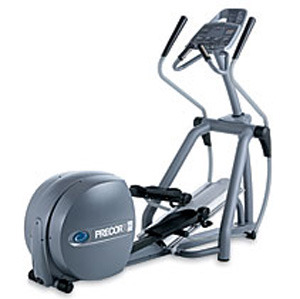Cover everything you Heat or Cook
It is a necessity to cover the food or drink that you are microwaving, because hot liquid and food is what kills most microwaves. This is because the microwave starts building up particles and begins to lose value. If you ever wanted to know why this is such a big deal, you can look inside the unit where there is a small piece of fiberboard covering the right side of the unit. The fiberboard is what allows the machine to operate smoothly and effectively. In addition, if the filter is covered by food and grease, the radio waves cannot get through. This causes the machine to overheat and cook itself. Most people think it is safe to heat water, coffee or tea without a cover. Yet, this rationale is completely false. The particles in the coffee and tea can cause the microwave’s interior to fail. Finally, covering your cups and dishes can extend the life of your unit from five to ten years in one simple step!

Do
NOT Cook Food for Long Periods of Time in the Microwave
Cooking food in the microwave is not safe in the first
place. Therefore, there is no reason to cook food for an extended period of time
in your microwave. Certain things like chicken and beef cannot fully cook in
the microwave due to the temperature not getting hot enough to kill all the
bacteria on the meat. Only an oven gets hot enough to kill the parasites and
tapeworm off pork, chicken and beef.
In addition to not cooking food all the way through, the
inside walls of your microwave can warp due to the extended period of time of
having the microwave cooking. Most microwaves now-a-days are programmable, so
if you need to heat something up for 20 minutes (for whatever reason), program
it to cook for ten and rest for about five minutes. After the rest period, have
it continue the rest of the cooking process. There is no reason to heat your
specific food or drink on high for the whole time because once it reaches a
certain point it will still heat as though it were on high.
Cleanliness
is Second to Nothing with Your Microwave
Cleaning your microwave is probably the easiest and most
straightforward way of maintaining your appliance. Microwaves have little
ventilation, and they do is through little vents at the top of the microwave
that emit steam. If you do not clean this area, especially if you do not clean
the filter, your microwave will not last more than a year. Also, clean your
spills and food stains directly after they occur in your microwave. One huge
problem that occurs is when there is a spill in the microwave and it is not
cleaned. The microwave is then used again and the spilled still has not been
removed. Needless to say, your microwave will need to be replaced shortly.
Usually you can use a mixture of vinegar and water to
clean your microwave if you do not have a 409 solution or something of that
kind. It takes a simple spray and a quick wipe down of the top, sides and
bottom plate on the inside of your microwave to keep it lasting. Microwaves
should last up to 9 years, and with these techniques, yours should as well.

